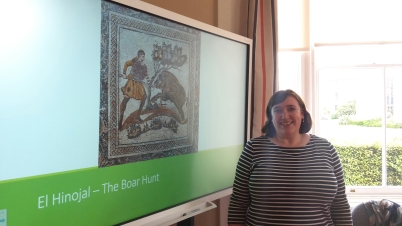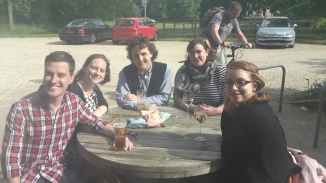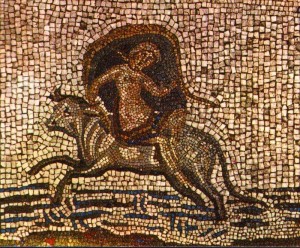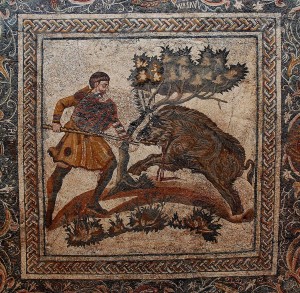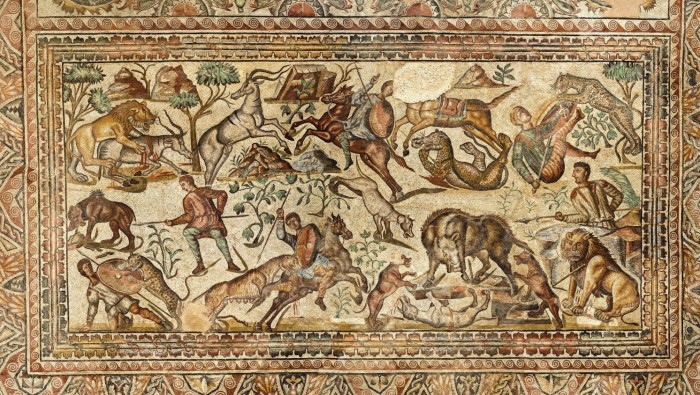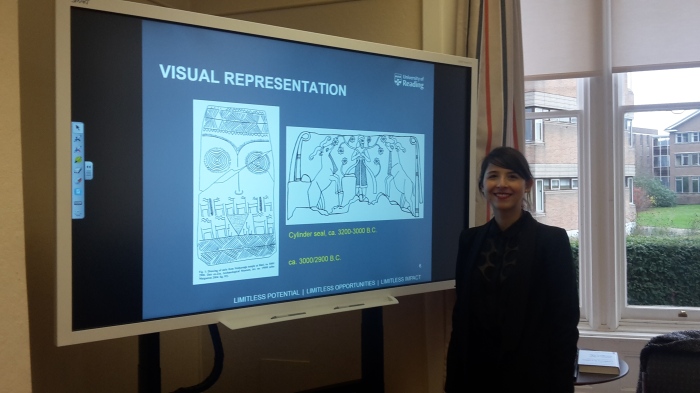
Monica Palmero Fernandez’s insightful paper introduced us to the ancient land of Mesopotamia (Iraq and Syria in the modern day) and the significance of goddesses in the cultural context of this society. She provided us with various visual representations of the goddesses which included drawings of these figures in human, symbolic, and animal form. Monica explained the complex gender identity of the gods and goddesses, stating that the same gods/goddesses were sometimes represented as male in one depiction and female in another. Their sexualities were also complex and did not reflect sexual norms in Ancient Mesopotamia. Monica connected the powers attributed to the goddesses by the ruling elite to the power structures this elite wished to enforce in the society they governed. For example, kings would write poems declaring their relationships to various deities throughout their lives in order to legitimate their royal status. She ended her paper by discussing the complexities of grappling with her methodological approach to written and visual depictions of the goddesses, which included looking at intersectionality and queer theory.
After her paper, the discussion centered around the role of elite women in male dominated Mesopotamian society, the link between the goddesses and nature, as well as the lack of sources describing the lives of members of society at the lower end of the hierarchy. Furthermore, Monica explained the difficulty in determining the gender of these goddesses from the Sumerian language because it does not have masculine and feminine pronouns or articles.
Maria and Sophie would like to thank Monica for her delightful paper and everyone else who attended our final seminar of 2015. We hope to see you next year for our very first paper which will take place on Thursday 14th January. It will be presented by Carl Gibson from the Politics and International Relations department. He will be providing us an insight into his fieldwork in Palestine.
Have a wonderful winter break!
